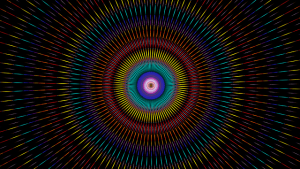In my last post, I wrote about the fear-based idea that a person can ever be off their path. We can never be living someone else’s dream or walking anyone else’s path. The only one in your body is you. The only one in your mind is you—even if the seeds that have flowered there originally belonged to someone else, a result of your conditioning. And if you find yourself living the life your mother or father wanted for you instead of the one you want for yourself, you’re still on your path, and in a moment of grace, you may experience a shift in perception that allows you to start honoring your truth instead of someone else’s. You won’t be on a different path. You’ll still be on yourpath, the only one you can walk. Maybe it’ll feel like a different path because you will have made a vibrational pivot. You will have had an “ah-ha!” But even here, the journey has only just begun.
While there’s no way you can be off your path, there is a way you can be walking it in a bit of a haze and daze. The fog is there as a symbol of misdirected attention. But this can play an essential role, if we recognize it for what it is and don’t turn it into some sinister belief such as “I’m off my path.” Maybe we’ve “lost the plot” but certainly not the path.
Though it is a lie, even the belief that you can be off your path still serves a purpose on your path. It, too, is trying to redirect your attention. Maybe you keep bumping into the same patterns, the same old karma. Maybe you feel lost or without purpose. It isn’t that you are objectively lost or ever could be. It’s relative to a narrow perspective and a dimension in which we are often tempted to believe crazy things about the way we feel, like that we could be off our path or purpose, and give our power away to those who promise to put us right. This might sound confusing or difficult to understand so let’s try it from another angle.
Think of your path as multidimensional, like a drawing that’s layered on top with other drawings on tracing paper. We can shift our attention to include all layers or only some. Sometimes, it is useful to narrow in on one layer, but other times, we need the “whole picture” for a complete perspective. Sometimes, we might be so focused on a particular layer that the other layers seem to have vanished from existence. They are still there, of course, and part of the bigger picture. We just need to back up and flip some pages to see them again.
You see, it is only the whole picture that reveals the truth, you are divine. It is this bigger picture that has the power to open up the path, allowing you to explore your personal gifts, talents, and experiences unique to you. By widening our perspective, we begin to strengthen our connection to our higher aspects and our path begins to reveal more layers. It starts to feel more like the one we always thought we’d be walking. The haze and daze begins to clear. But what is it that helps us shift perspective? What needs to happen for us to put all the layers of the picture together?
And here’s the truly mysterious and fascinating thing as well as the one thing most people don’t want to hear. You know all that stuff on your path that makes you feel like you’re not on your path? The doubt. The confusion. The dissatisfaction. Those very things we resist, deny, avoid, run from, and stuff down? They are essential parts to the bigger picture. They are not expendable. They are absolutely necessary. Without the lines they draw, the bigger picture would never be complete.
This is why dealing with your shadow is so critical! When we resist the shadow work we must do, we remain stuck in what some might call the low-vibration manifestation of our life’s path. We see the parts and surface layers only, but not how they connect, and when we try to see the bigger picture, we can’t because we don’t want to include the page we’re on. We haven’t been taught to think multidimensionally and inclusively. We’ve been conditioned to think black or white and maybe gray. The idea of “layers of reality” boggles the mind, but it is the nature of consciousness.
It’s the very things that we revile that allow us to access the eagle-eyed view. Spiritual bypass isn’t life-saving; it’s plastic surgery. Lots of people try it. They want the feel-good perfect life and the absence-of-suffering fantasy. But it’s fake and phony, like an overpowering, artificial fragrance that burns the nostrils and slowly destroys our sense of smell. And it keeps us from fully realizing the enlightened potential of our path.
You’re always on path. You’re always on purpose, whether you like it or not. And whether or not you walk the highest possible manifestation of that path and purpose is a matter of the way you walk and not the path itself. It’s directly commensurate with the amount of the bigger picture you are willing and able to see (and if you don’t see as much as you wish you did, that too is your perfect path). It is directly proportionate to the depth to which you are willing to dive.
The keys? Acceptance. Forgiveness. Humility.
So stop worrying about whether or not you’re on your path and use that energy to simply love the things that make you imperfect and human. Embrace the qualities that embarrass you, that you hate about yourself, and that make you feel ashamed. They are the very things standing in your way, but not in the way you always thought. They are the stuff that will propel you on your path and elevate it to the bigger picture. They are the very qualities that can help you unlock your true gifts.
That’s right! Your divinity is hiding in the shadows!

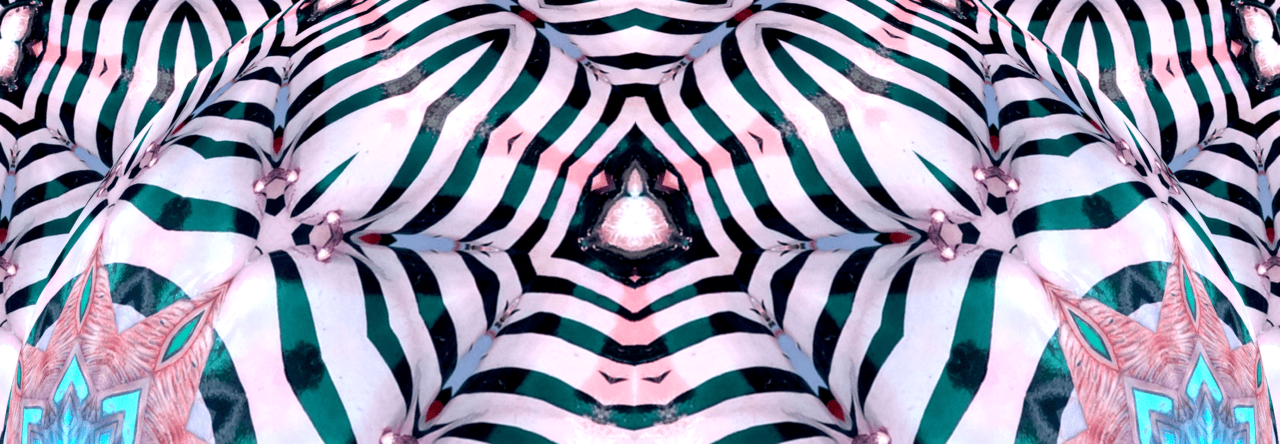




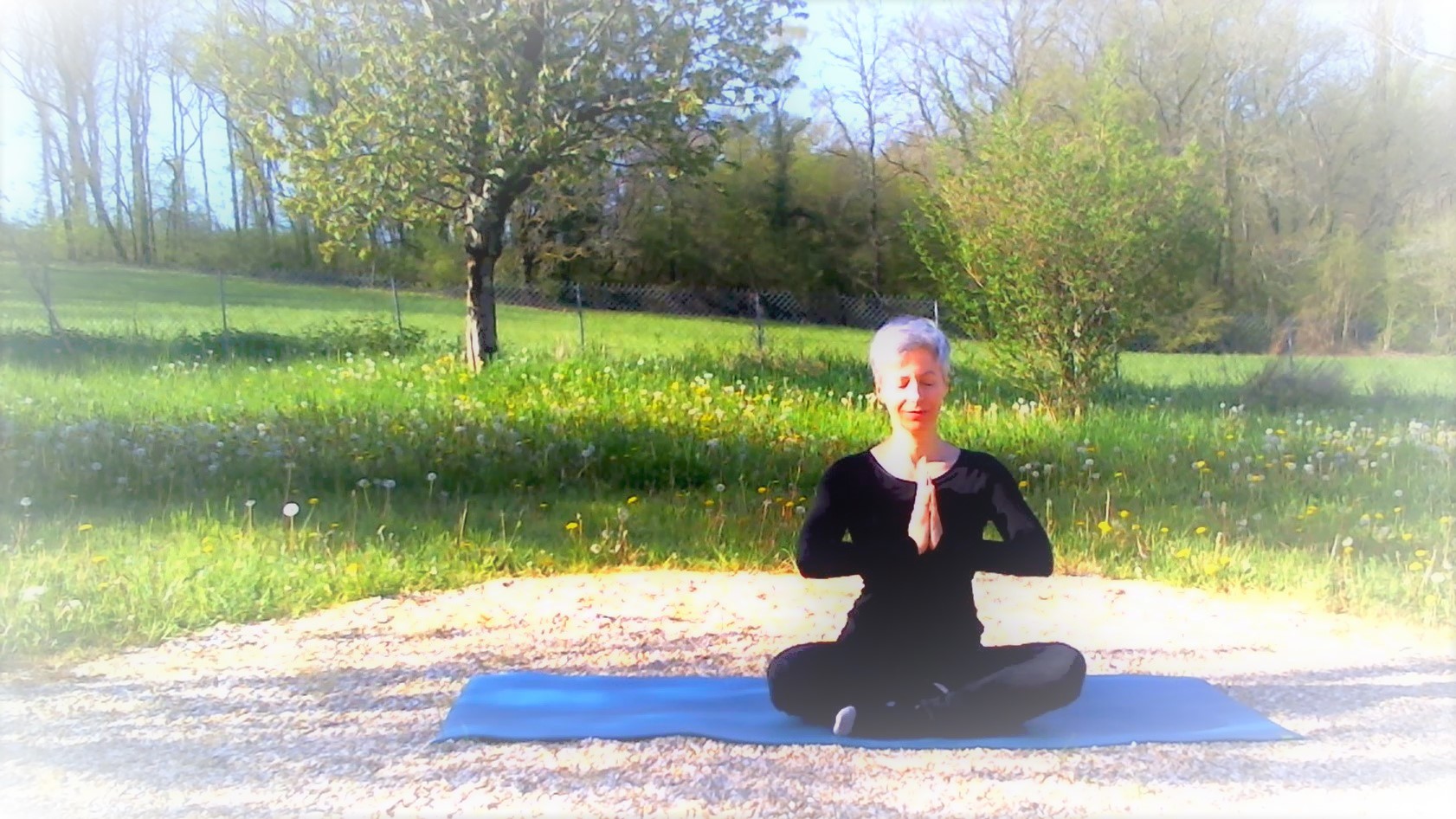
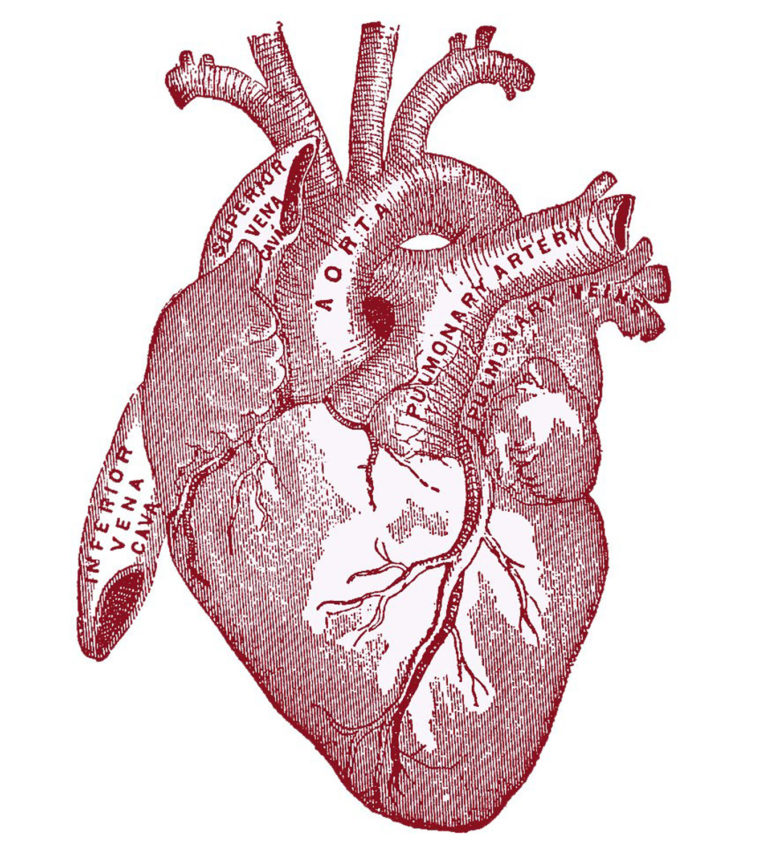
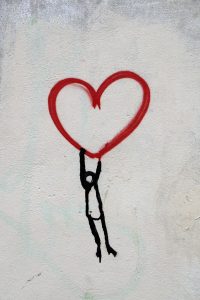 When you picture your own heart or that of someone else, what do you envision? Do you see the typical valentine heart with two symmetrical bumps in a shade of red or pink? Maybe you picture a more biological heart like a
When you picture your own heart or that of someone else, what do you envision? Do you see the typical valentine heart with two symmetrical bumps in a shade of red or pink? Maybe you picture a more biological heart like a 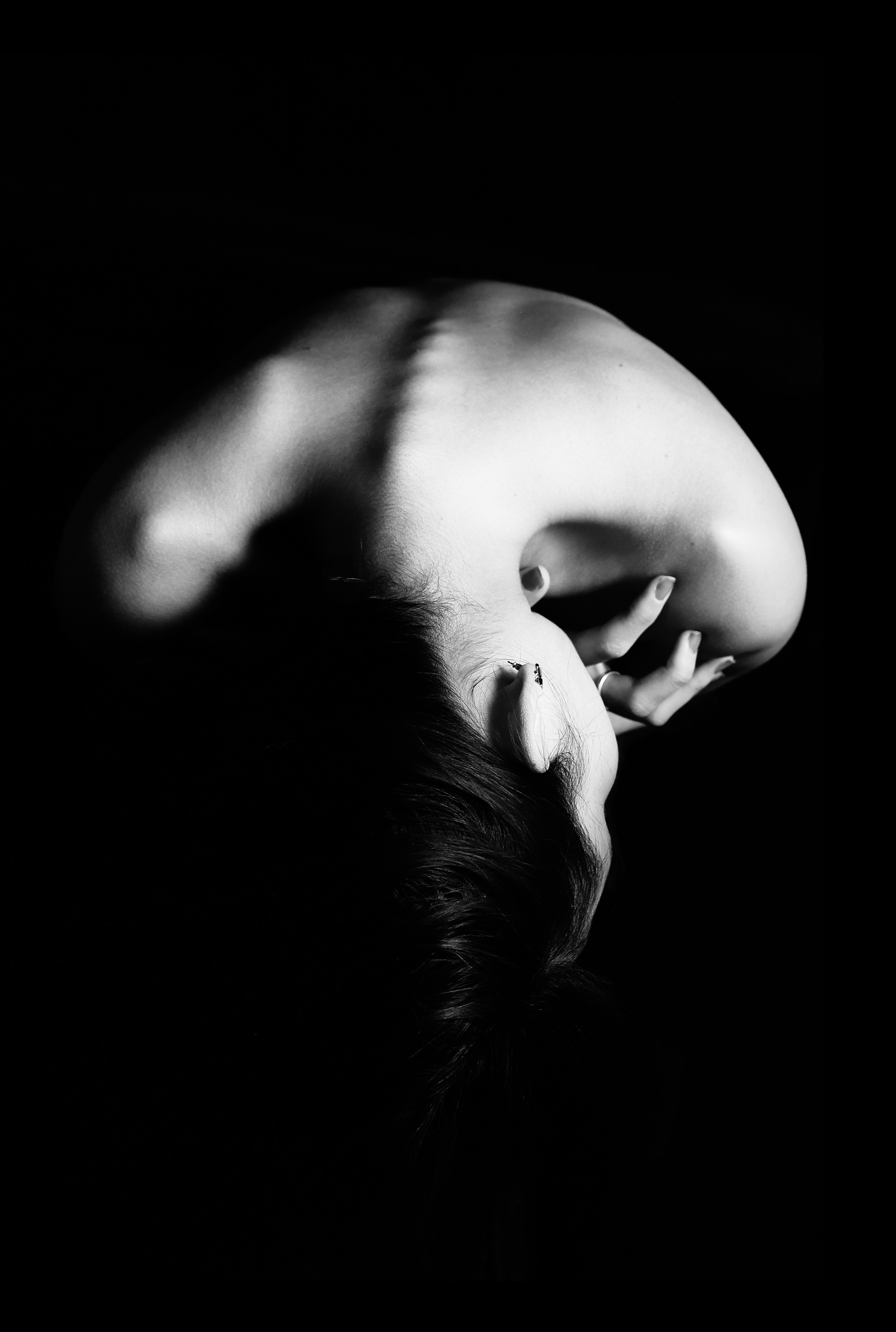

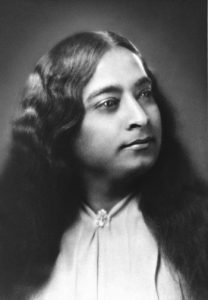
 To Share or Not to Share
To Share or Not to Share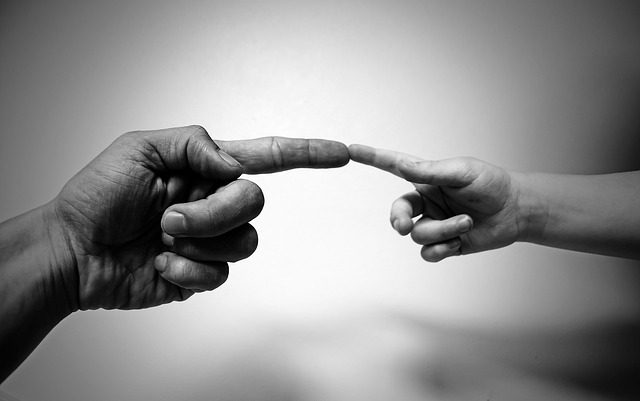
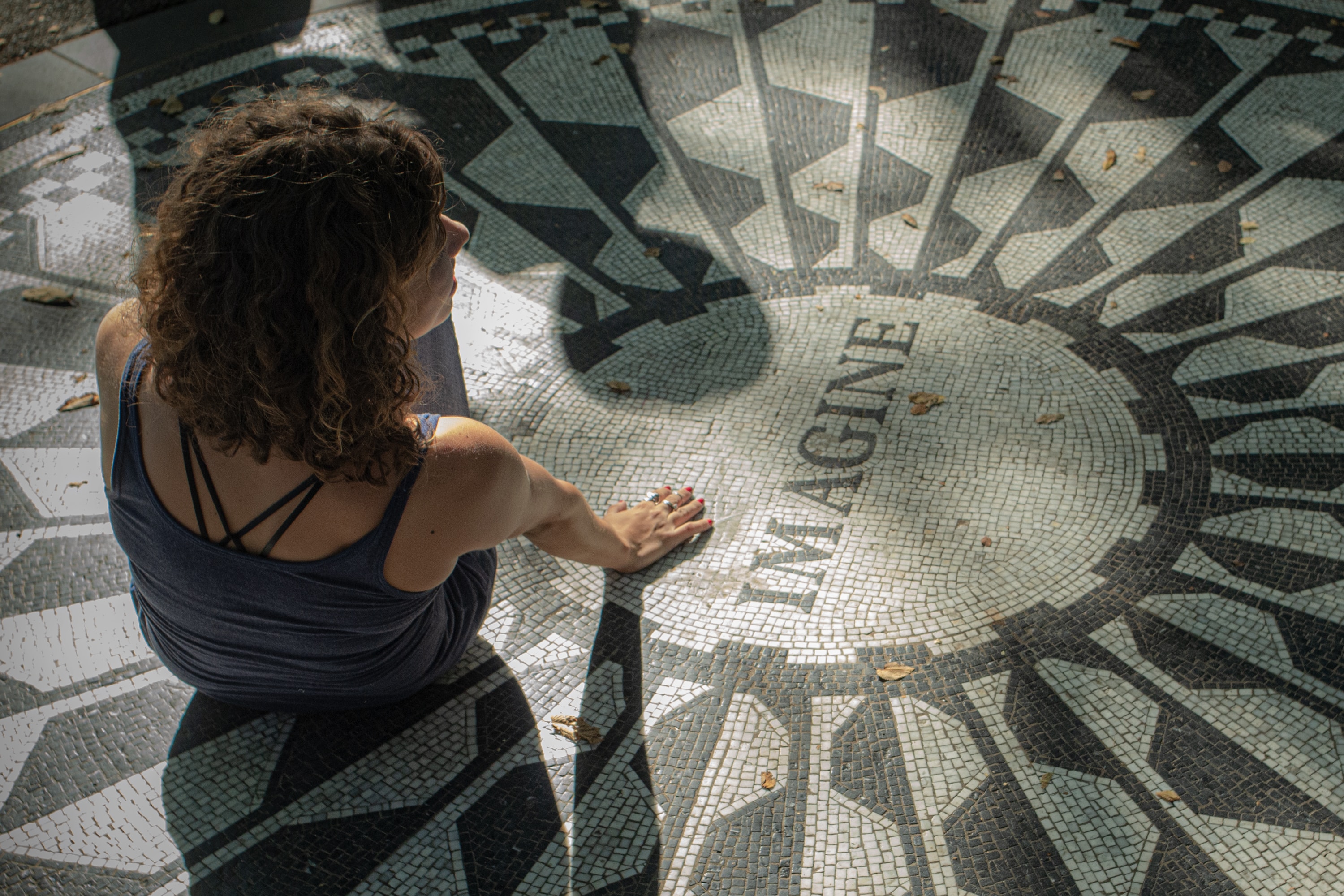

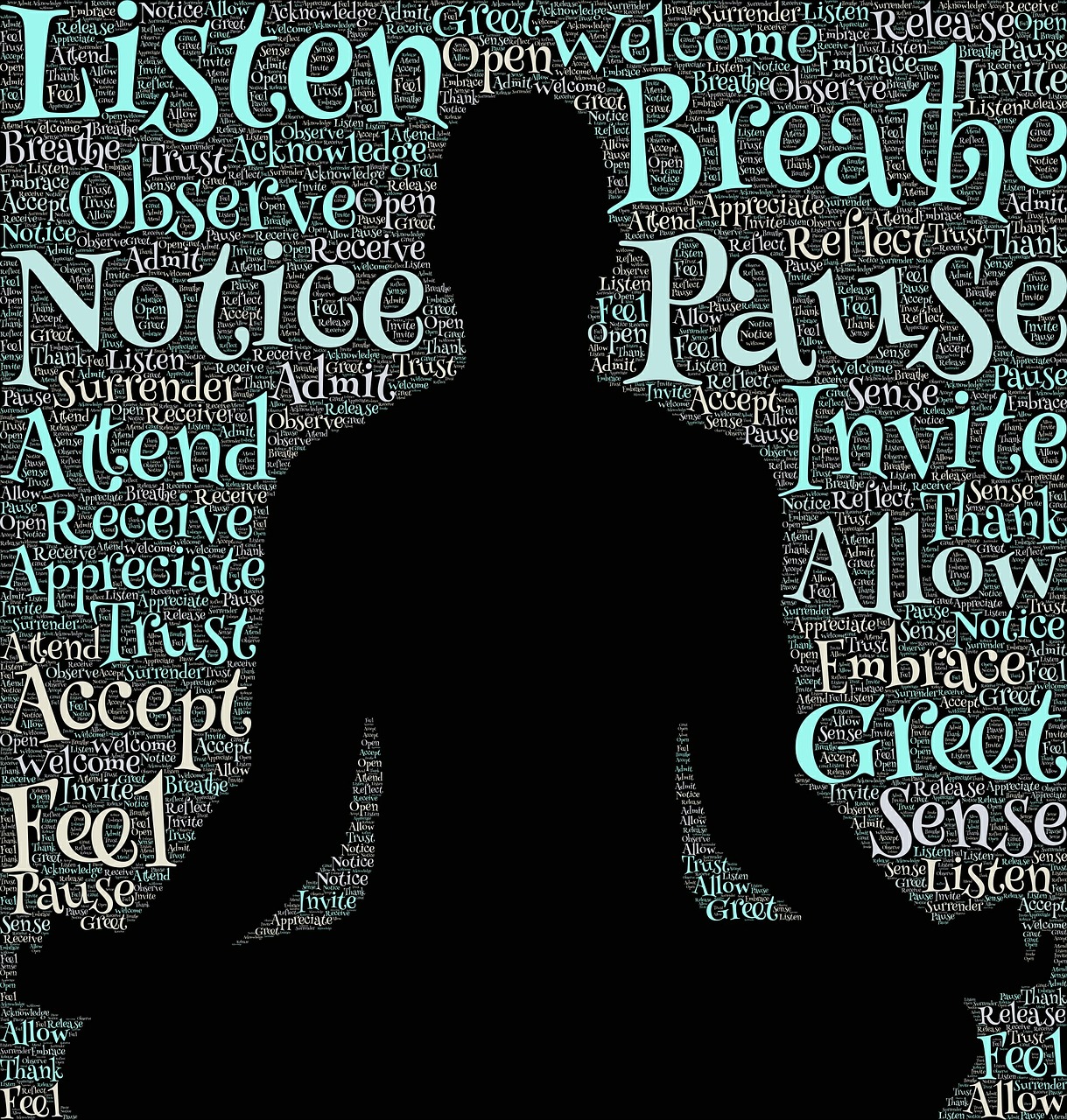
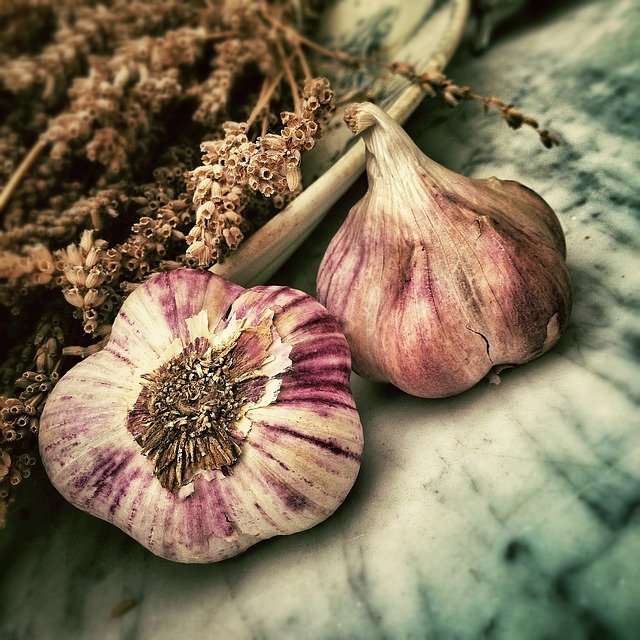


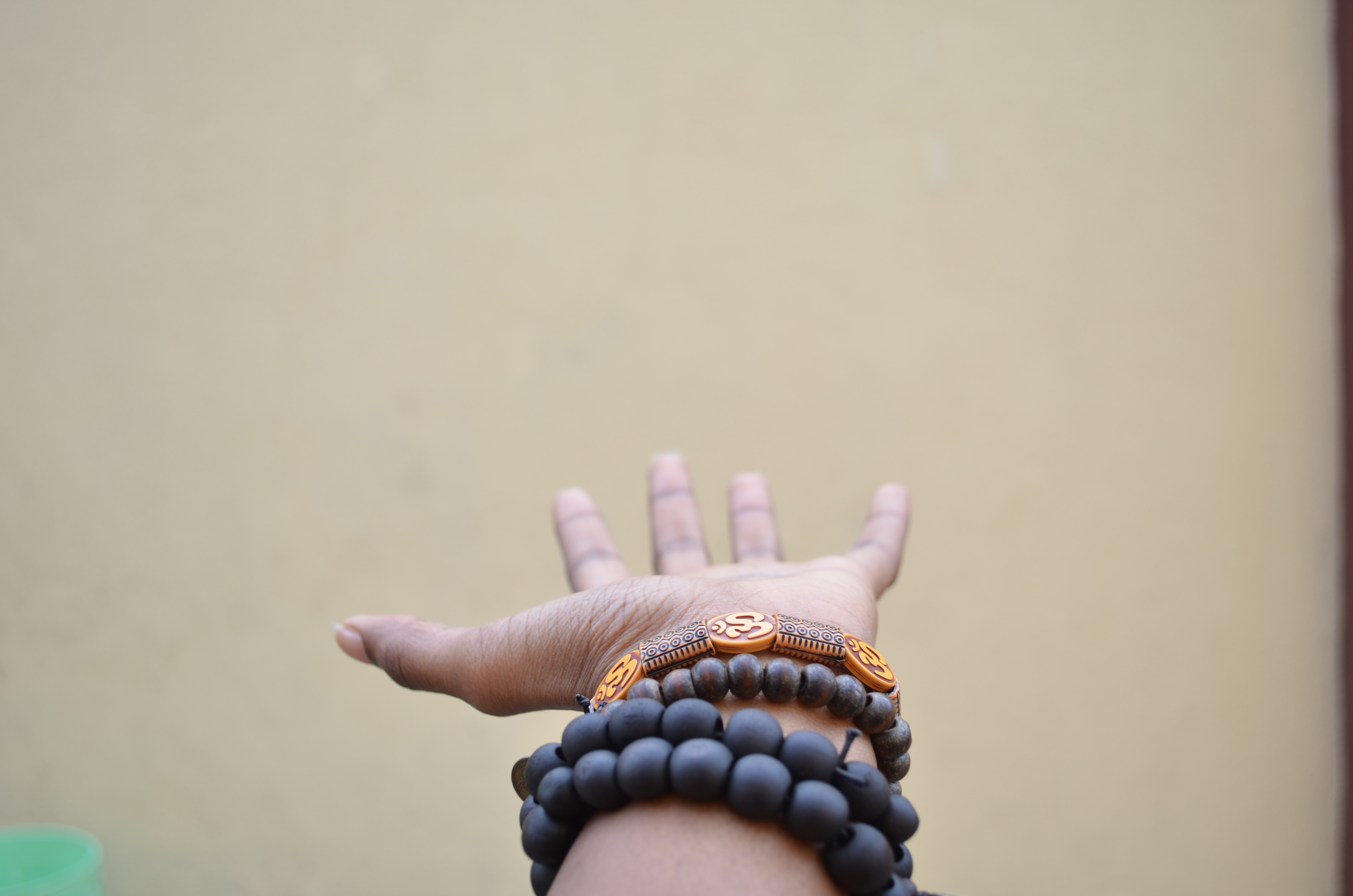
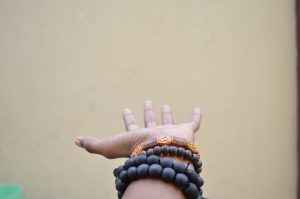 Japa yoga may not be as popular in the West as asana (or postural yoga), but is in fact, much older and steeped in tradition that many would say is an intergral part of a complete yogic practice. Those who feel meditation is too difficult may find mantra recitation to be their doorway into quiet mind. They work on multiple levels of being, making them incredibly powerful.
Japa yoga may not be as popular in the West as asana (or postural yoga), but is in fact, much older and steeped in tradition that many would say is an intergral part of a complete yogic practice. Those who feel meditation is too difficult may find mantra recitation to be their doorway into quiet mind. They work on multiple levels of being, making them incredibly powerful.